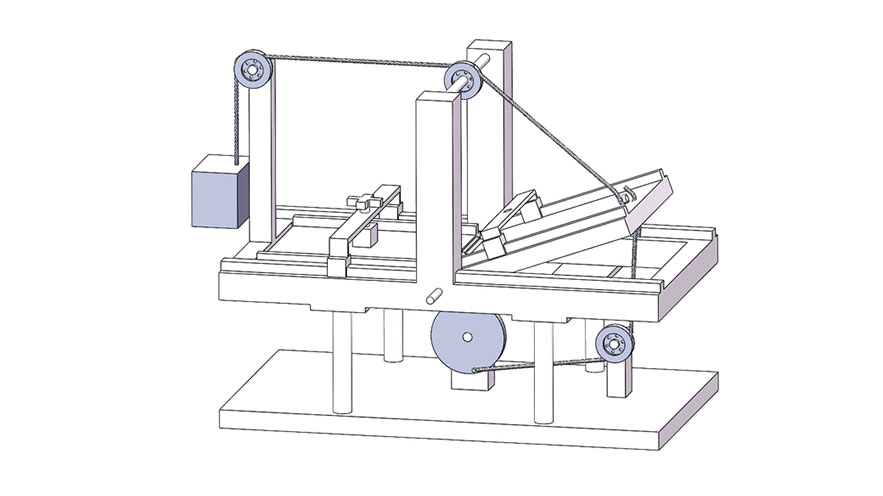Student thesis project collaborates with AbilityMade to improve the lives of children with disabilities
A recent collaboration with AbilityMade and final year students on their thesis project aims to develop a fatigue testing model for 3D printed, lower limb, ankle foot orthoses (AFOs).



